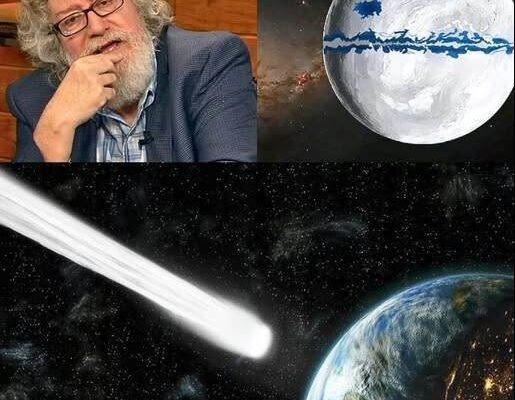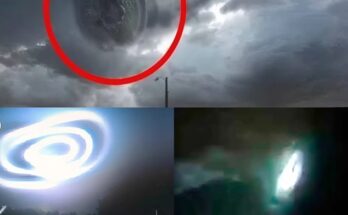The figure’s elongated limbs, oversized skull, and non-human features do not match any known human remains from that era. Found wrapped in traditional linen burial cloth, this being was reportedly sealed within a stone sarcophagus without any accompanying inscriptions or hieroglyphs. Experts say the body was unusually preserved and stored with unknown resin substances that were not typical of Egyptian mummification methods.
Researchers are divided. Some believe it could be a malformed or ritualistically altered human skeleton, while others argue the anatomical features suggest something far more extraordinary. Could this be evidence that ancient Egyptians were in contact with beings from another world? Was this figure a visitor, a deity, or even a guide in building the pyramids?
The mystery has gained traction across UFO and ancient alien communities, with theories pointing to lost knowledge, stargate portals, and hidden truths buried beneath the sands of Egypt. While mainstream archaeologists urge caution and call for peer-reviewed studies, this discovery cannot be ignored.
The implications of this so-called alien mummy could change how we view our ancient past. Whether you believe it or not, these images are sure to make you question what we truly know about human history.
Follow our page for more mind-blowing discoveries, ancient alien theories, and hidden history secrets the world is still trying to explain.
A Sudden Chill in Earth’s Past
Around 12,800 years ago, the world entered a dramatic cold snap known as the Younger Dryas. Temperatures plummeted, ice sheets expanded again, and ecosystems collapsed almost overnight. Mainstream science attributes this to glacial meltwater disrupting ocean currents. But some researchers, including geologist Randall Carlson, argue that something far more violent was at play: cosmic impacts or massive atmospheric explosions that unleashed fire, floods, and darkness on a global scale.
Could an Earlier Civilization Have Vanished?
Carlson poses a chilling question: if advanced human societies existed before the Younger Dryas, would we even know? Humanity in its modern form has been around for nearly 200,000 years, yet most of that time was spent in subsistence farming and small communities. Our leap into electricity, engines, and spaceflight took only two centuries.
If our world were wiped out tomorrow, how much evidence would survive 10,000 years of erosion, tectonic shifts, and rising seas? Possibly very little.
Clues in the Sediments
Supporters of the impact hypothesis point to strange layers of carbon-rich soil, nanodiamonds, and unusual concentrations of platinum in geological records.



